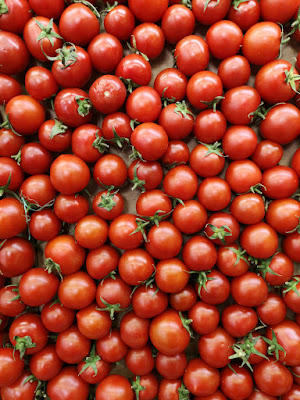
𝅃Previous season, we have seen tonnes of tomatoes dumped on roads, Mandis, etc... Due to less market price and low demand of tomatoes in the market, the farmers would not able to sell their tomatoes. Tomato Marketing Opportunities Today, in this post let us discuss the various opportunities available for marketing tomatoes. The tomatoes are not only used in cooking but also in food processing. Some of the food products made using...















